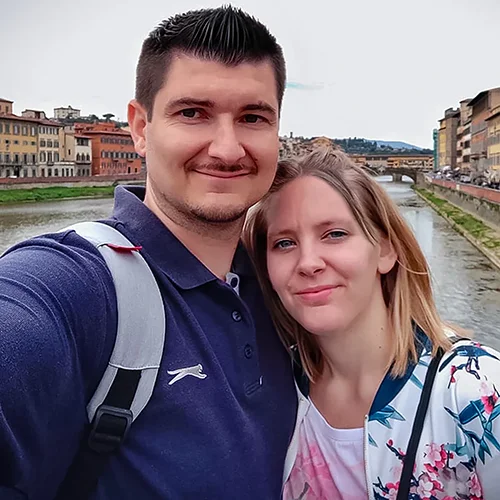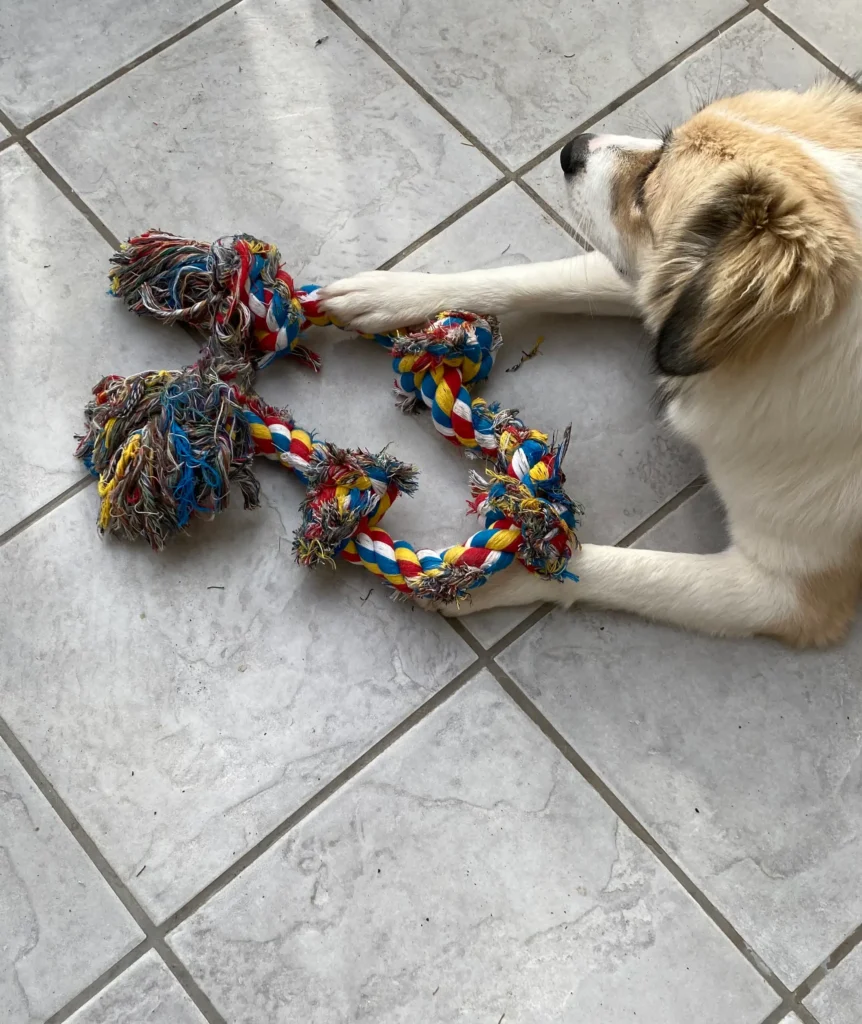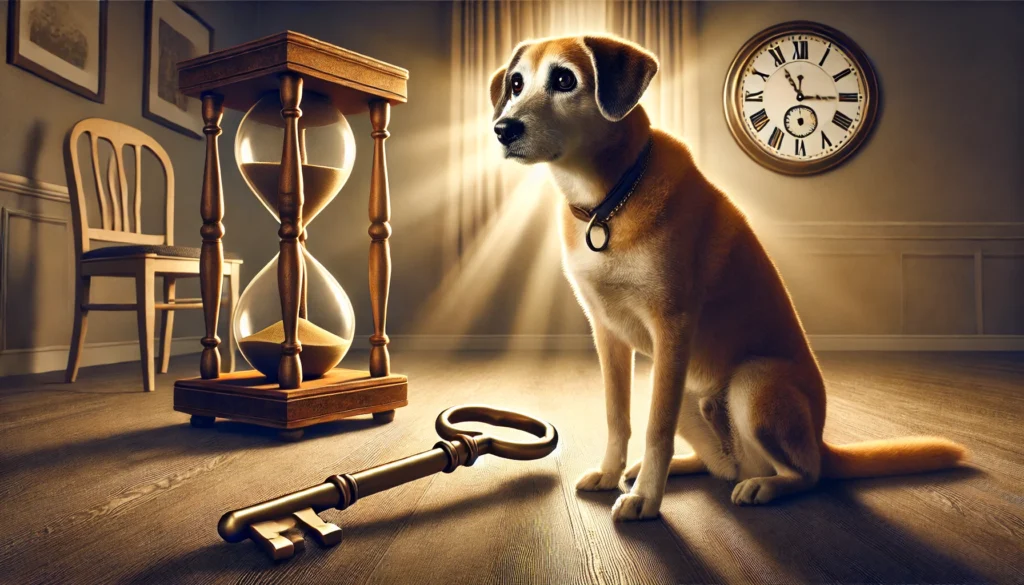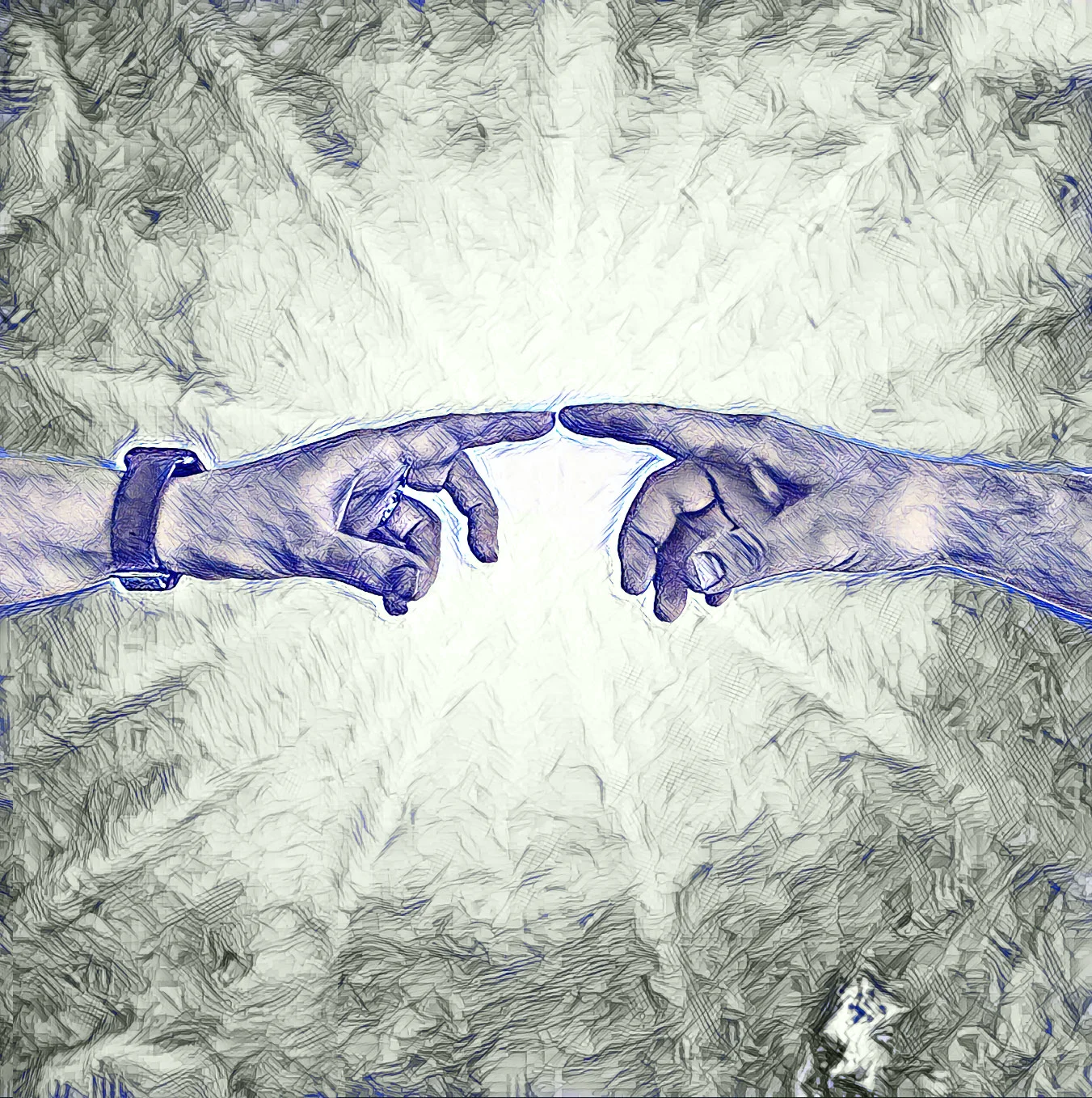Understanding and recognizing fearful dogs
Understanding and recognizing fearful dogs
Understanding and recognizing fearful dogs
Understanding and recognizing fearful dogs
30. Dezember 2024
Feedback: 0
As a dog owner, I know from my own experience how challenging it can be to make a fearful dog feel safe and secure. My dog Bailey initially had great difficulty with loud noises and sudden movements. Even a falling broom or a passing motorcycle could send her into a panic. At first, it was difficult for me to understand why she reacted this way and how I could help her.
But over time, I’ve learned that fearful dogs are not “difficult” or “impossible” – they just need more patience, love, and a thoughtful approach. In this blog post, I would like to show you how you can better understand your fearful dog, which methods help, and why your own calmness is crucial.
What is an anxious dog?
A fearful dog is a dog that reacts excessively to certain stimuli such as noises, people, objects or situations. These fears can result from:
◉ bad experiences,
◉ lack of socialization in puppyhood or traumatic experiences.
The important thing is that fear is real for the dog – even if it is often incomprehensible to us. A dog that flees in panic when a chair falls over experiences this moment as a threat.
🐕 Typical signs of anxiety in dogs 🐕
◉ Body language: Tucked tail, flattened ears, trembling, or crouching
◉ Physical reactions: Panting, drooling, digestive problems, or uncontrollable urination
◉ Aggression: Growling, snapping, or biting when they feel threatened
◉ Escape behavior: Hiding or trying to flee from the situation
It’s essential to understand that your dog is not being „disobedient“ but is actually feeling threatened. Bailey taught us that every behavior has a reason that needs to be recognized.
How can you tell if your dog is afraid?
Bailey has taught us that dogs show in different ways when they feel unsafe. Here are the most important signals you should look out for: wichtigsten Signale, auf die du achten solltest:
◉ Body language: An anxious dog often tries to make itself invisible. Bailey often tucked her tail, flattened her ears and ducked down. Sometimes she sought direct eye contact as if to say: “Help me!“
◉ Physical reactions: In particularly stressful situations, Bailey began to pant or drool. Once she even lost control of her bladder when a neighbor made a loud bang during a barbecue.
◉ Aggressive behavior: Sometimes Bailey showed her fear by growling, especially when strangers tried to approach her directly. Aggression in fearful dogs is not maliciousness, but a protective mechanism.
◉ Avoidance: If your dog’s anxiety is very severe or you have difficulty helping him on your own, you should consider seeking professional help. An experienced dog trainer or behavior specialist can help you create an individual training plan. In severe cases, a vet can also be consulted, who may be able to suggest special tranquilizers or medication to relieve your dog’s stress.
If you recognize one or more of these signs in your dog, it is important to be understanding and patient. He is not acting out of malice, but because he feels threatened.
Why it is important to understand fearful dogs
Anxious dogs need an environment in which they feel safe in order to build trust. By recognizing and addressing your dog’s fears, you can help them live a more relaxed life in the long term. Here are some benefits:
◉ Improved trust: Your dog learns that he can trust you and that you will protect him.
◉ Less stress: A relaxed dog is also easier to handle in everyday life.
◉ Better quality of life: For your dog and for you!
Step-by-step guide: Building trust
◉ 1. Watch your dog: Pay close attention to your dog’s body language. Signs such as a tucked tail, panting or pinned ears can be an indication that he is uncomfortable.
◉ 2. Use positive reinforcement: Reward your dog for relaxed behavior. Treats, praise or petting can help to create positive associations with previously frightening situations.
◉ 3. Take small steps: Imagine your dog is afraid of the vacuum cleaner. Instead of confronting him directly, show him the appliance switched off from a safe distance. As soon as he remains relaxed, reward him. Then you can slowly reduce the distance and gradually start the vacuum cleaner.
◉ 4. Create a routine: Rituals and fixed routines give dogs a sense of security. Regular walks, feeding times and bedtimes help your dog to settle into his daily routine.
Methods for overcoming anxiety
◉ 1. Counter-conditioning: This method involves linking a negative stimulus with something positive. Is your dog afraid of thunderstorms? Play soft music during a light thunderstorm and give him a special snack.
◉ 2. Desensitization: This involves getting your dog used to the fear-inducing stimulus in small steps. The aim is to make the stimulus less frightening. This method requires patience, but it is very effective.
◉ 3. Relaxation techniques: Calming massages or relaxation signals can help your dog to calm down in stressful situations. Pheromone sprays or calming music are helpful.
If you would like to find out more about how a clear structure and routine can give your dog security or how you can strengthen the bond with your four-legged friend through targeted training and confidence building, then take a look at our further articles. Both topics are essential to help anxious dogs lead a stable and happy life.
Tips for everyday life with an anxious dog
◉ Stay calm and patient: Your dog senses your emotions, whether you are stressed, relaxed or anxious. If you remain calm yourself, you radiate security, which your dog urgently needs. This is particularly important in situations that frighten him, as your calmness can help him to cope better with the situation.
◉ Create positive experiences: Plan stress-free walks or relaxed play sessions that your dog can really enjoy. Such experiences not only promote his trust in you, but also help to reduce stress and make the world seem less threatening to him.
◉ Get professional help: In the case of very severe anxiety, it is advisable to consult an experienced dog trainer or behavior consultant. They can respond to your dog’s individual needs and develop strategies to help him deal with his fears and find more joy in life again.
Conclusion
A anxious dog like Bailey shows how important it is to be loving and patient. With the right approach, a lot of understanding and small but consistent steps, you can help your dog lead a happier life. And don’t forget: every little step forward is a big success for you and your faithful companion.r.
Happy dogs, happy life – share this post with your friends, leave us your experiences in the comments and stay tuned so you don’t miss any tips for a happy dog’s life!
Your Bailey and her owner.

Wir sind zwei deutsche Auswanderer und auf emigres-life nehmen wir Dich mit auf unsere Reise in ein neues Leben.
In unserem Projekt schwingt das Pendel meist in Richtung stressig oder chaotisch und weniger in Richtung tiefenentspannt.
Wenn du also wissen willst, in welches Fettnäpfchen wir als nächstes treten oder welche Hürden vor uns liegen und wie wir sie überwinden, dann bleib dran.
Nächster Blogpost
Glühwein – Der König der Weihnachtsmärkte



 Pin it!
Pin it!

